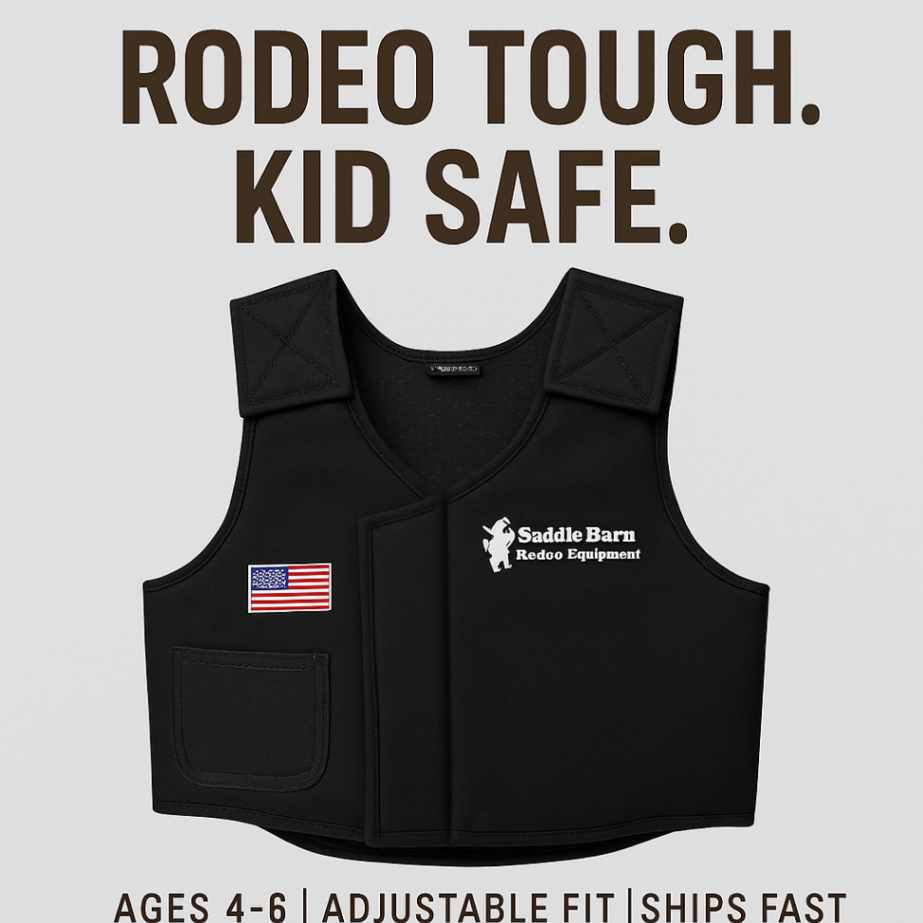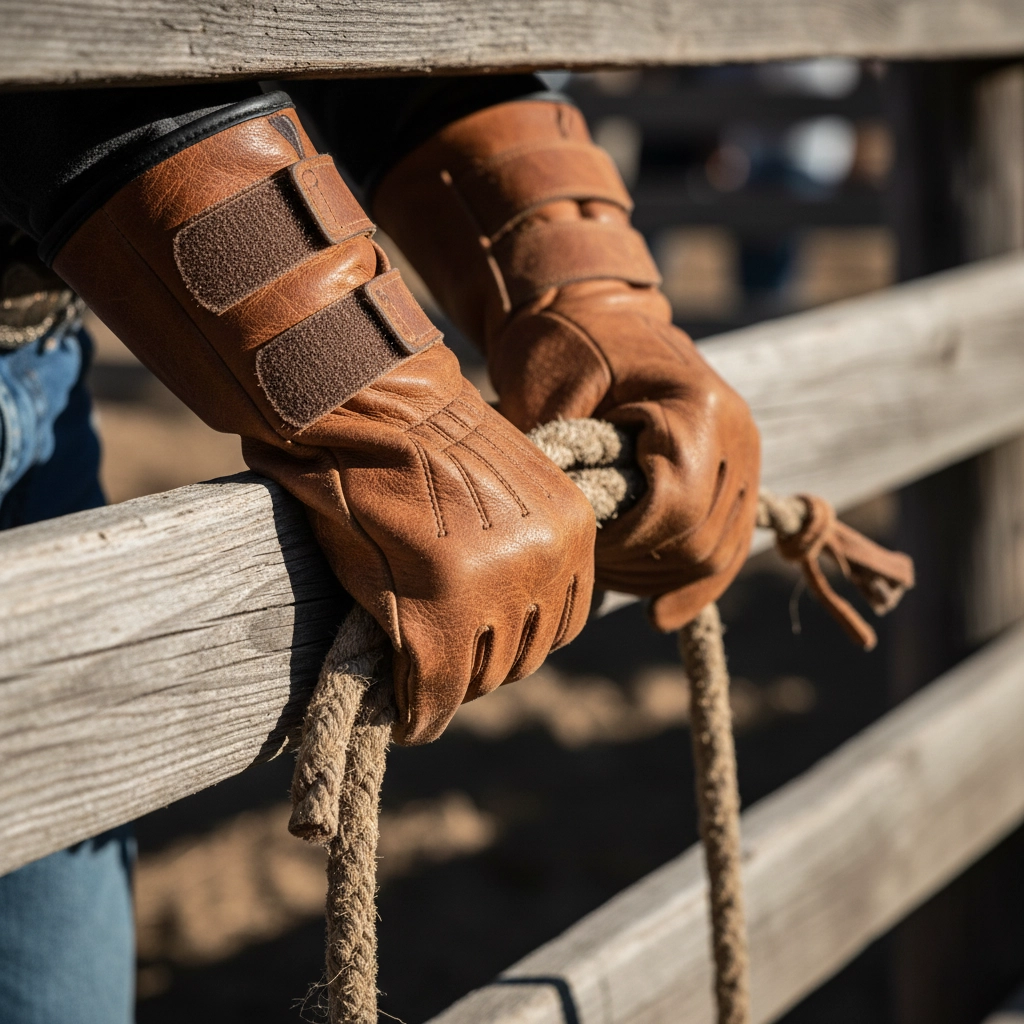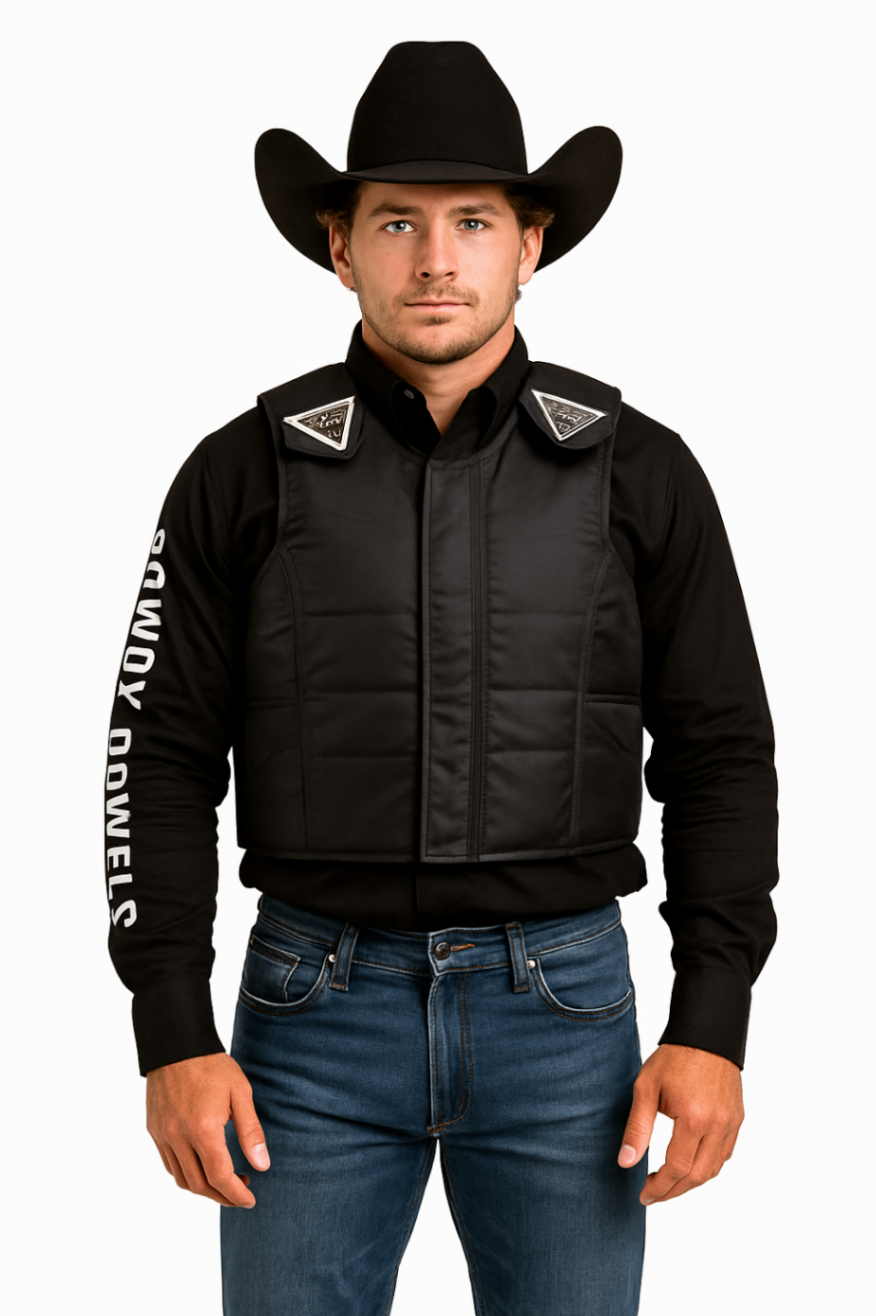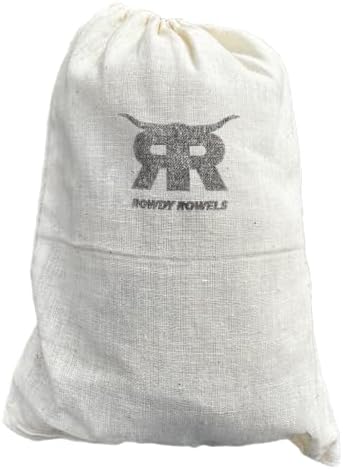
How to Choose the Best Youth Rodeo Gear Without Breaking the Bank: A Parents Complete Buying Guide
Getting your kid started in rodeo doesn't have to drain your savings account. With the right approach, you can equip your young rider with quality, safe gear that protects them without breaking the bank. The trick is knowing which pieces are absolutely essential, where to spend your money, and where you can save without compromising safety.
Let's be real – youth rodeo gear can get expensive fast. Between vests, helmets, boots, ropes, and all the extras, costs add up quickly. But here's the thing: you don't need everything right away, and you definitely don't need the most expensive version of everything. What you need is a smart strategy that puts safety first and builds your gear collection over time.
Start with the Non-Negotiables: Essential Safety Gear
When it comes to youth rodeo gear, safety equipment isn't where you cut corners. These pieces should be your first purchases and your biggest investment because they literally protect your child's life.
The Protective Vest: Your Most Important Purchase
A quality protective vest is absolutely essential for any young rider. Modern youth vests are specifically designed to absorb impacts while allowing freedom of movement. Look for vests with adjustable straps that can grow with your child – this feature alone can extend the life of a vest by several years.

The vest should fit snugly without restricting breathing or movement. It should cover the chest, back, and sides completely. Many parents make the mistake of buying a vest too large, thinking their child will "grow into it." This is dangerous – a poorly fitted vest can shift during a ride and leave vital areas unprotected.
Helmet: Protecting the Most Important Asset
A rodeo-specific helmet is non-negotiable. Don't try to repurpose a bike helmet or other sports helmet – rodeo helmets are designed specifically for the unique impacts and dangers of rodeo sports. They should fit snugly, cover the entire head, and have secure chin straps that won't come loose during action.
Many helmets come with optional face guards, which can provide extra protection against bull horns or hooves. While these add to the cost, they're worth considering, especially for younger or less experienced riders.
Gloves: Grip and Protection Combined
Quality rodeo gloves protect hands from rope burn while providing the grip needed for safe riding. Look for gloves made from durable materials like deerskin with secure closures. Good gloves typically run around $25-30 and will last through many rides if properly cared for.

Smart Shopping Strategies That Save Money
Buy Quality Where It Counts Most
Not all gear needs to be top-of-the-line, but some pieces are worth the investment. Prioritize spending on safety equipment (vest, helmet, gloves) and items that see heavy use (ropes, boots). These pieces need to be durable and reliable.
For clothing items like jeans, shirts, and chaps, you can often find perfectly good options at lower price points. The key is understanding which features matter for performance and safety versus which are just aesthetic.
Consider Growth and Adjustability
Kids grow fast, and rodeo gear that doesn't fit properly is both unsafe and expensive to replace frequently. Look for equipment with adjustable features:
- Vests with multiple adjustment points
- Helmets with adjustable sizing systems
- Boots with room for growth (but not too much)
- Ropes that work across age ranges
Start with Essentials, Build Over Time
You don't need everything on day one. Start with the absolute essentials for your child's specific events, then add pieces as needed. This approach spreads costs over time and lets you learn what your child actually needs versus what looks cool.
Event-Specific Equipment: Knowing What You Actually Need
Different rodeo events require different gear, and buying equipment for events your child doesn't participate in wastes money.
Mutton Bustin' (Ages 4-6)
For the youngest riders, you'll need a protective vest designed for small bodies, a mutton bustin' rope (smaller and softer than bull ropes), basic rodeo gloves, and sturdy boots. Some events require helmets, so check local requirements before purchasing.
The good news? Mutton bustin' gear is generally less expensive than equipment for older riders, and much of it can transition to other events as your child grows.
Youth Bull Riding
As riders advance to bull riding, additional equipment becomes necessary. You'll need spurs (if allowed in your child's age group), rosin for better grip, and possibly chaps for added confidence and protection.
Bull riding bags become helpful for organizing and protecting equipment during travel to rodeos. While not essential initially, they're a worthwhile investment once you have several pieces of gear to transport.

Balancing Quality and Cost
When to Spend More
Invest in higher-quality options for:
- Safety equipment (vest, helmet)
- Items used frequently (gloves, boots)
- Equipment that affects performance (ropes)
- Gear that experiences heavy wear
Where You Can Save
Consider budget options for:
- Clothing that's outgrown quickly
- Accessories that don't impact safety
- Items used infrequently
- Gear your child is trying for the first time
Understanding Value vs. Price
The cheapest option usually isn't the best value. Calculate cost-per-use rather than just looking at the price tag. A $50 vest that lasts three years is a better value than a $30 vest that needs replacing every year.
Common Mistakes That Cost Money
Buying Adult Equipment for Youth
Adult gear doesn't provide proper protection for young riders and can actually increase injury risk. Youth-specific equipment is designed for smaller bodies and different proportions.
Skipping Professional Sizing
Many parents guess at sizes to save time or money on shipping. This often results in poorly fitting gear that needs to be returned or replaced. Use manufacturer sizing guides carefully, and when in doubt, contact customer service for guidance.
Focusing Only on Initial Price
The cheapest gear upfront often costs more in the long run due to frequent replacements or inadequate protection leading to injuries. Consider total cost of ownership, including durability and effectiveness.
Your Complete Shopping Checklist
Essential First Purchases:
- Properly fitted protective vest
- Rodeo-specific helmet
- Quality rodeo gloves
- Sturdy, well-fitted boots
- Event-appropriate rope
Second-Priority Items:
- Rosin or grip enhancer
- Comfortable, durable jeans
- Western shirts or t-shirts
- Basic gear bag for organization
Nice-to-Have Additions:
- Chaps for added confidence
- Spurs (if event-appropriate)
- Additional ropes for practice
- Specialized gear bags

Making Your Investment Last
Proper care extends the life of rodeo gear significantly. Clean equipment after each use, store it properly, and make minor repairs promptly to prevent major damage.
Many pieces of youth rodeo gear can be sold or passed on to other young riders when outgrown, helping recoup some of your investment. Take good care of equipment with this in mind.
Remember, the goal isn't to buy the cheapest gear possible – it's to buy the best gear you can afford that meets safety requirements and fits your child properly. With careful planning and smart shopping, you can equip your young rider safely and affordably, setting them up for success in the arena without emptying your wallet.
The key is starting with essentials, prioritizing safety, and building your gear collection thoughtfully over time. Your child's safety and enjoyment of rodeo are worth the investment, but that investment doesn't have to break the bank when you shop smart.
